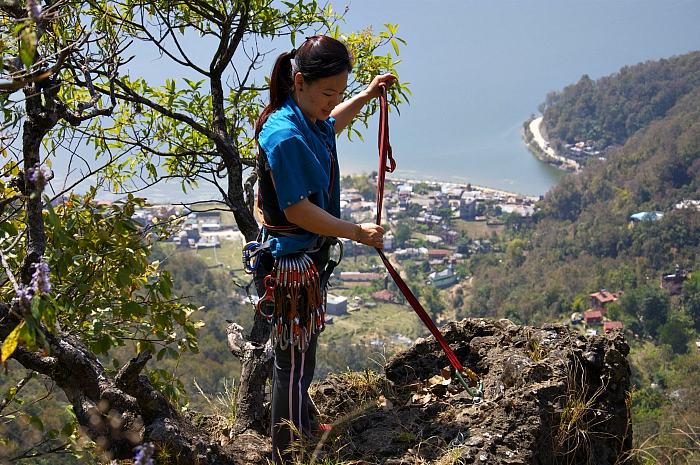
The global tourism landscape has experienced significant shifts in the past years and European markets have high and growing levels of demand for outbound travel.
Africa and Asia are the most visited regions by Europeans who want to enjoy a wide variety of travel experiences. These include adventure, culture, wellness, food tourism, nature tourism and ecotourism, walking and hiking, and community-based tourism.
Use our market information reports on Niche Markets and Target Groups to inform yourself of the latest trends. Market Potential studies inform you of opportunities to reach the source markets. Market Entry studies give practical tips and advice to help you sell your tourism products to the European market.







